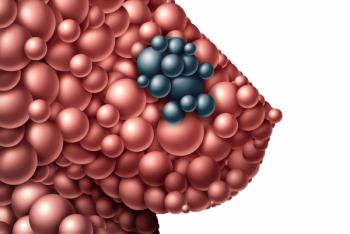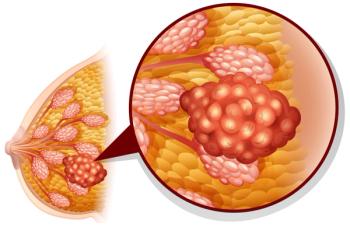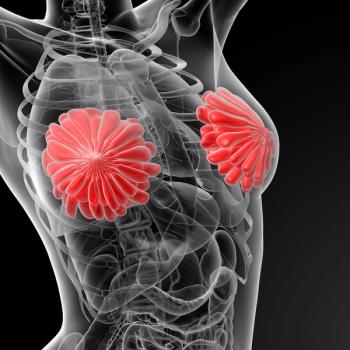
- Oncology Vol 28 No 1S
- Volume 28
- Issue 1S
(P064) Proton Beam Therapy Is Associated With a Lower Incidence of Acute High Grade Chemoradiation-Related Esophagitis in the Treatment of Esophageal Cancer
Preoperative chemoradiation is a standard treatment for esophageal cancer. However, significant treatment-related toxicities are common in this group of patients. We wished to understand the clinical predictors for high-grade (≥ 3) acute toxicities from chemoradiation.
Steven H. Lin, MD, PhD, Shefali R. Gajjar, MD, Pamela K. Allen, PhD, Daniel R. Gomez, MD, Ritsuko Komaki, MD, Zhongxing Liao, MD, James D. Cox, MD; UT MD Anderson Cancer Center
Background: Preoperative chemoradiation is a standard treatment for esophageal cancer. However, significant treatment-related toxicities are common in this group of patients. We wished to understand the clinical predictors for high-grade (≥ 3) acute toxicities from chemoradiation.
Materials and Methods: This is a single-institution retrospective analysis of 293 nonmetastatic esophageal cancer patients treated from 2008–2011 with chemoradiation. During this period, patients were treated with either intensity-modulated radiation therapy (IMRT) (n = 170) or proton beam therapy (PBT) (n = 124). Acute toxicities were graded during and after radiation treatment using the National Cancer Institute Common Terminology Criteria for Adverse Events version 4.0 (CTCAE v4.0). Fisher’s exacts tests assessed associations between continuous and categorical variables. The Cox proportional hazards model was used to assess the effect of patient, tumor, and other predictive factors of significance on the endpoints. Endpoints that were assessed included time to any high-grade (grade 3 or higher) toxicity, time to any two or more high-grade toxicities, and time to high-grade esophagitis.
Results: By multivariable analysis, after adjusting for a number of patient and treatment characteristics, including the planning target volume (PTV), significant predictors for ≥ 2 high-grade acute radiation-related toxicities were higher body mass index (BMI) (hazard ratio [HR] = 0.91; 95% confidence interval [CI], 0.85–0.97), Karnofsky performance score (KPS) ≤ 80 (HR = 2.05; 95% CI, 1.10–3.79), tumor location (lower vs upper/mid: HR = 2.31; 95% CI, 1.17–4.56), and radiation modality (PBT vs IMRT: HR = 0.43; 95% CI, 0.21–0.88). The toxicity that accounted for the majority of this difference was high-grade esophagitis. Overall, a higher proportion of IMRT patients experienced high-grade esophagitis compared with those who received PBT (22% vs 12%; P = .016). Under both univariable and multivariable analysis for predictors of high-grade esophagitis, radiation modality remained an independent predictor of high-grade esophagitis (PBT vs IMRT: HR = 0.39; 95% CI, 0.17–0.91), along with BMI and KPS.
Conclusion: Our results suggest that certain baseline patient characteristics, including the type of radiation modality, can be predictors of high-grade esophagitis from chemoradiation. These results could help stratify patients for preventive intervention studies.
Articles in this issue
Newsletter
Stay up to date on recent advances in the multidisciplinary approach to cancer.
































































































